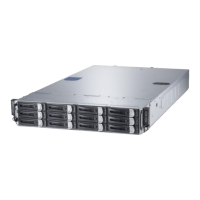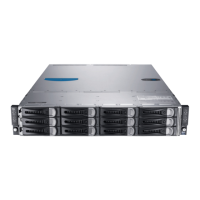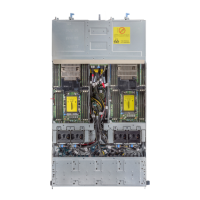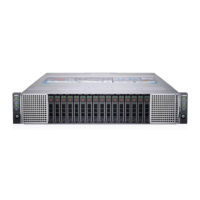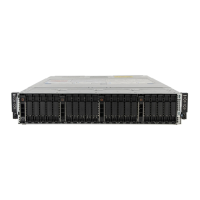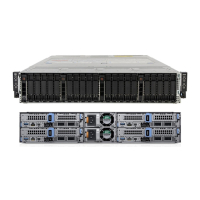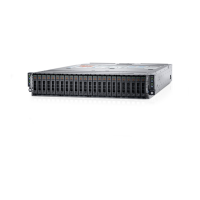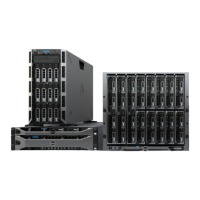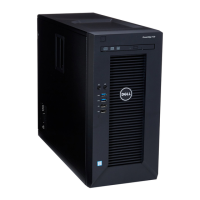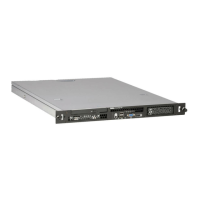Principled Technologies, Inc. 15
Dell PowerEdge C6220 and CentOS 6.2: A LAMP Reference
Architecture
mysql> CREATE DATABASE helloworlddb;
mysql> CREATE USER testappuser@localhost IDENTIFIED BY
'Password1';
mysql> GRANT ALL ON helloworlddb.* TO
testappuser@localhost;
mysql> FLUSH PRIVILEGES;
5. Exit the mysql client utility.
6. Using the mysql client, login as the test application user to the newly
created database and create a sample schema definition. In our case, this is
just one table with one column.
mysql --user testappuser –-password=Password1
mysql> USE helloworlddb;
mysql> CREATE TABLE tbl_hello_world (testcol CHAR(100));
mysql> INSERT INTO tbl_hello_world (testcol) VALUES
("Hello World");
7. Exit the mysql client utility.
8. In the Apache Web data directory, located by default on CentOS at
/var/www/html/, create a new file named helloworld.php that will query
the database and print the results. See Appendix D for this sample PHP file
contents.
9. Start the Web server.
service httpd start
chkconfig httpd on
10. From another machine, verify the page is operational by visiting
http://server_ip_address/helloworld.php
SUMMING IT ALL UP
The Dell PowerEdge C6220 server and the Linux-based CentOS operating system
provide the power and features you need to deploy multiple, enterprise-class workloads
in a large-scale cloud services environment. By increasing rack density, eliminating
downtime with hot-swappable server nodes, and removing the cost of OS licenses and
upgrade fees, running CentOS on the Dell PowerEdge C6220 can have a great effect on
your organization’s bottom line, all while delivering top-of-the-line workload
performance for your cloud and SaaS users. As we have shown in this guide, deploying
the Dell PowerEdge C6220 with CentOS is a simple, straightforward task that can bring
many benefits to your cloud environment.

